Circular economy as a vaccine against pandemics like COVID-19
Circular economy is one of the best ways to build resilience against future pandemics and climate change. This means designing products from waste, keeping them in use and regenerating natural systems to avoid exhausting planetary resources. This could cut global emissions by up to 45%.
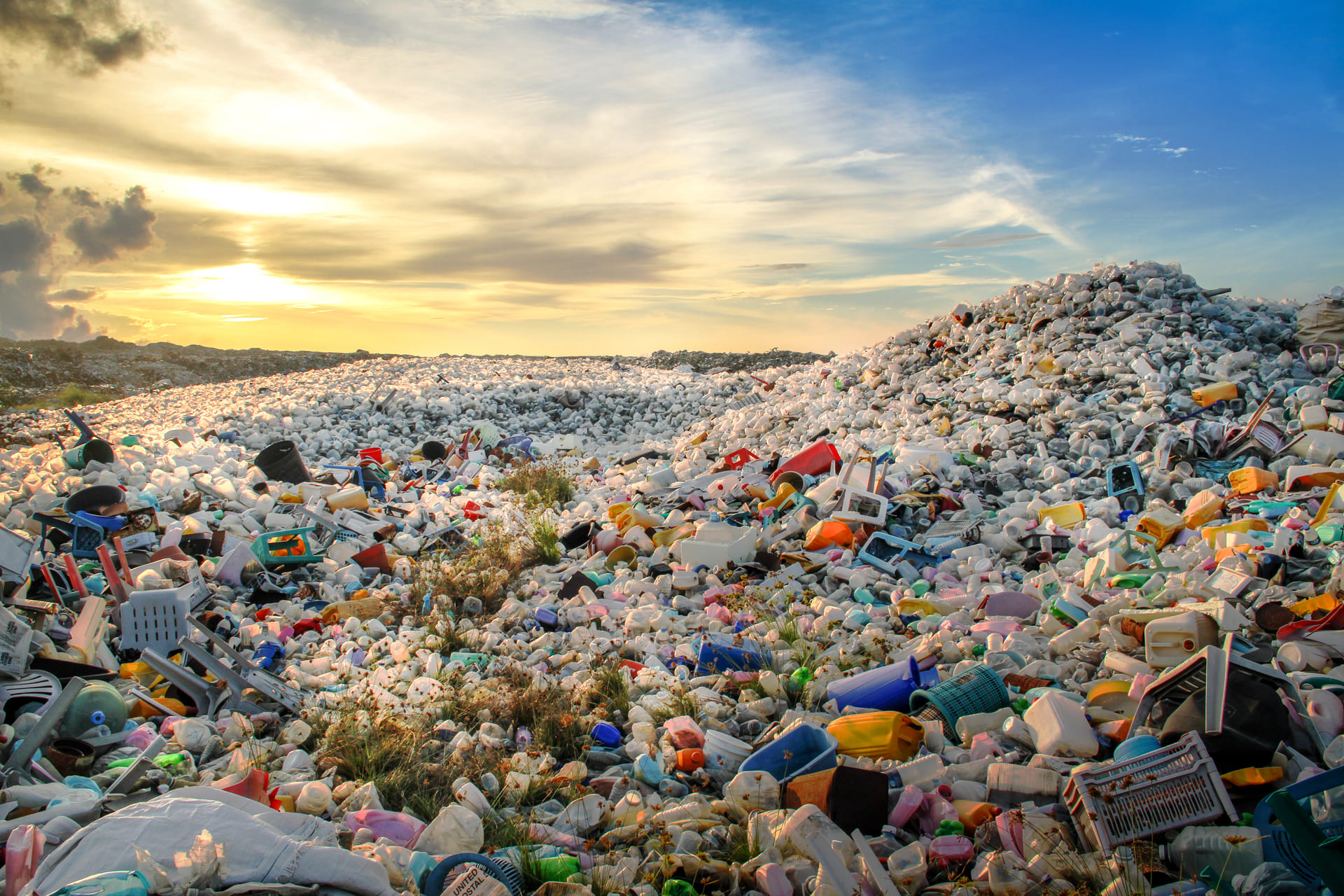
Advancing the circular economy in Asia-Pacific
The core theme of the 10th Regional 3R and Circular Economy Forum in Asia and the Pacific was “Advancing Circular Economy in Asia-Pacific towards the SDGs under the COVID-19 pandemic”. The forum was co-organised by the Ministry of the Environment of the Government of Japan (MOEJ) and the United Nations Centre for Regional Development (UNCRD) of Division for Sustainable Development Goals (DSDG).
It was clear from the discussions at this forum that the circular economy is moving up on the agenda of many countries in the Asia and Pacific region. Indeed, many have already made the switch towards a circular economy and rejected the old ways of waste management. Scientists, industrial players and policy makers are more than aware that we all need a systemic shift of the consumption and production system.

3R and circular economy: a commitment to the SDGs
Eco-towns and eco-industrial parks are set to play an important role in advancing the 3R principles: Reduce, Reuse and Recycle. In Asia, a symbiotic and collaborative circulation of resources between towns and industry is crucial to achieving sustainability. A great example is the Japan’s eco-town programme, which has expanded the focus from site-specific initiatives to industrial symbiosis and urban-industrial interactions.
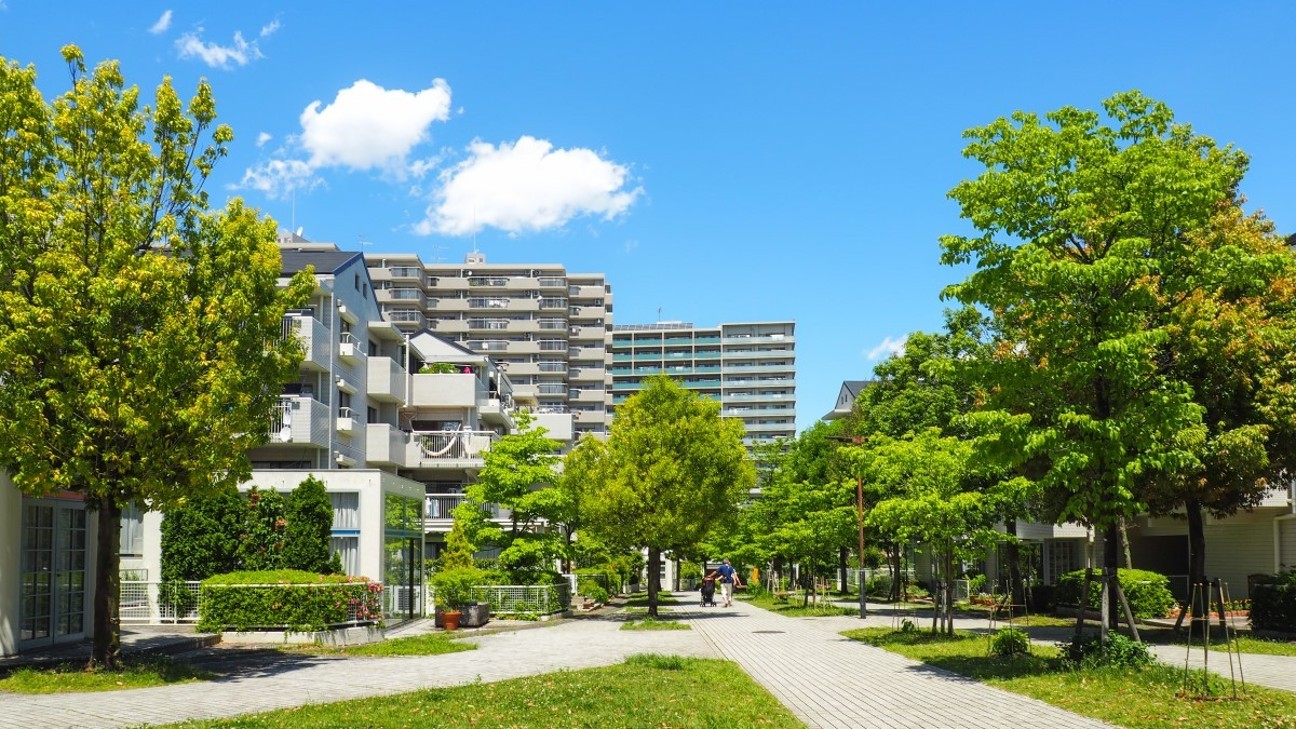
The COVID-19 pandemic has affected the lives of millions people and indirectly impacted progress towards the SDGs. Even before the pandemic, the world was already facing challenges in many sectors. Waste management is a problem all over the world, but a particularly acute one in the developing world, as over three billion people lack access to safe waste disposal, and another two billion don’t receive regular waste collection services.
An opportunity to improve the working lives of people in the waste disposal sector
Several countries have instituted 3R and circular economic policies to ensure the sustainable management of resources and waste, while also protecting the safety of waste handlers. But the intensification of single-use products and panic buying during the COVID-19 pandemic has increased production and consumption. This is counteracting the efforts to reduce plastic pollution.
Waste handlers are particularly exposed to frequently touched surfaces, and so may be at higher risk of contracting the virus when transporting and sorting waste. The pandemic has therefore exposed and exacerbated pre-existing problems, such as inequalities and inadequacies in urban areas. These are manifested as spatial inequalities, over-crowding, inadequate housing, limited access to health services and other urban essential services, especially water, sanitation and hygiene (WASH), urban transport and insufficient public spaces.
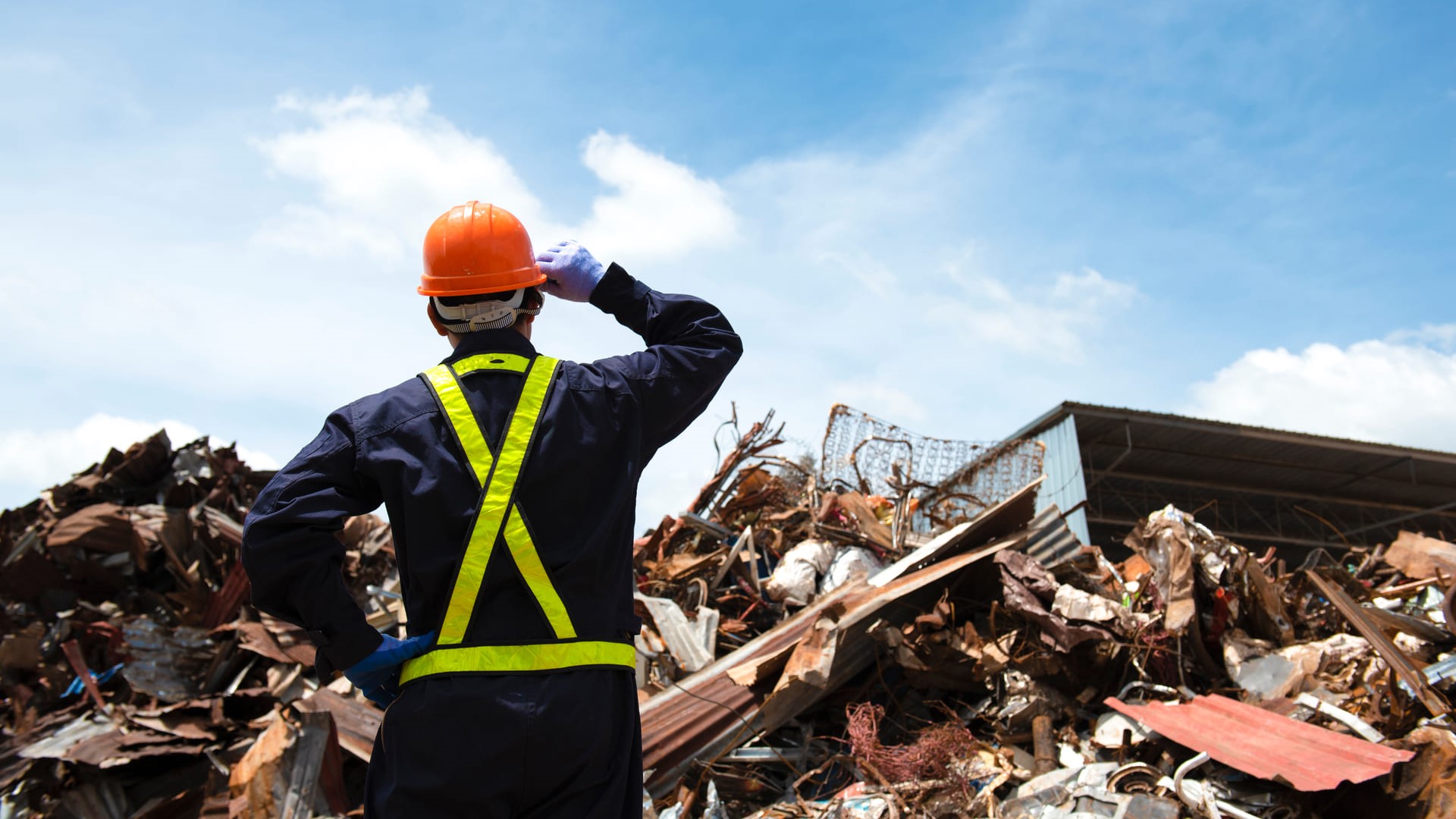
A circular economy that minimizes resource extraction, increases resource-use efficiency, prolongs resource recirculation and brings resiliency in responding to climate change and global pandemics like COVID-19, could be an opportunity to “Build Back Better” and “Rethink” our production and consumption patterns.
Circular plastics management can prevent marine plastics
Economic ways of treating plastics exist and are crucial for better plastics waste management. Currently only 9% of plastic waste in the region is recycled, with 79% going to landfill and into marine environments. One result is that Asia’s fishing sector is losing approximately US$ 2-3 billion per year.
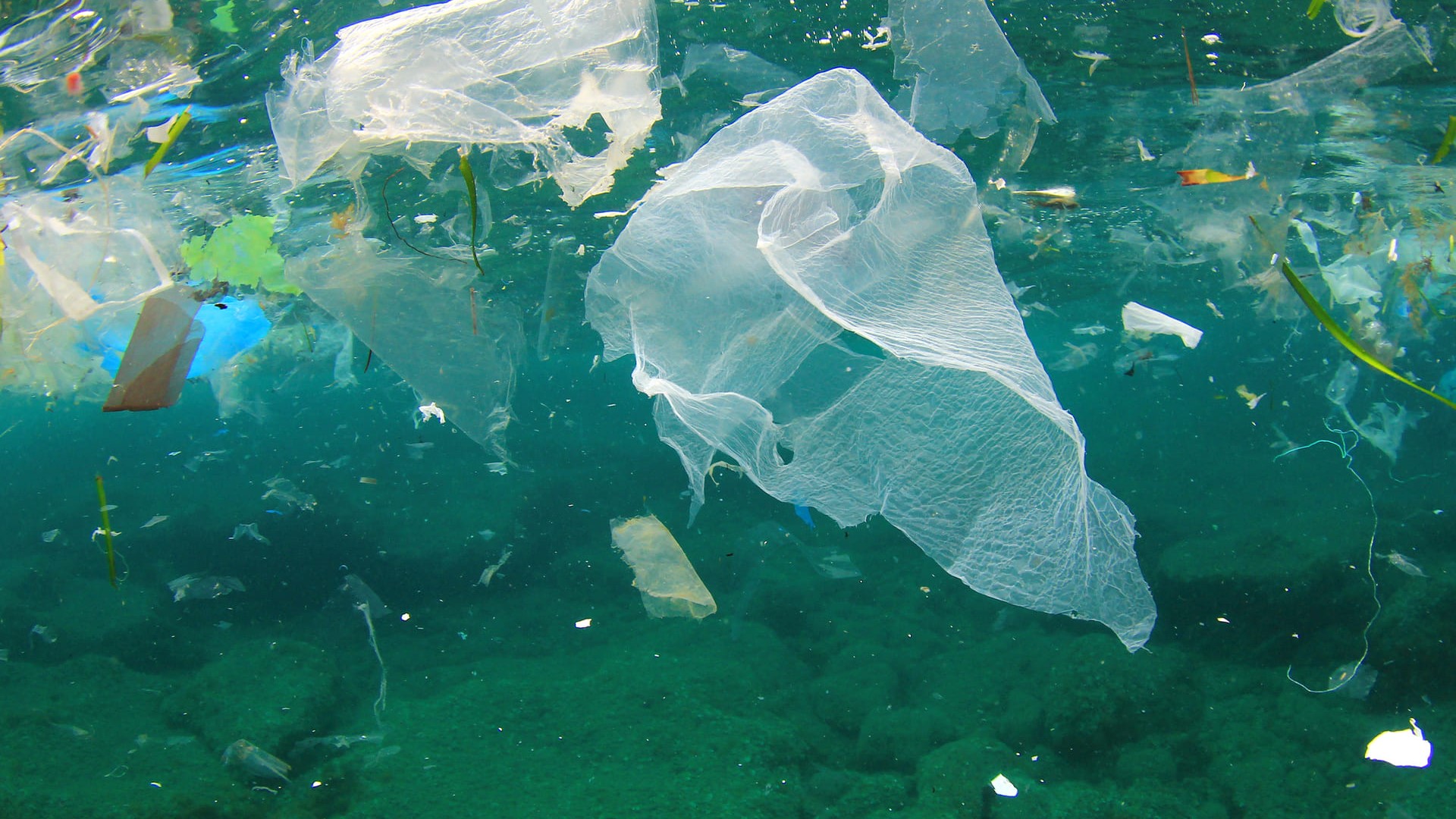
Check the Circular Economic Opportunities in the report “State of Plastics Waste in Asia and the Pacific”.
Collaboration and digitalisation can be drivers for circularity
To advance the 3Rs and the circular economy in Asia-Pacific, more collaboration between the government, research organizations and the private sector is required. Each has a role to play. The government contributes in terms of policy and regulations. R&D and academic institutions develop and build the technologies and knowledge while the private sector implements.
When it comes to science and technology, huge gaps exist between developed and developing countries. There is an urgent need to adopt more modern technologies and practices for sustainable resource utilisation and waste management in Asia-Pacific countries. Research and development around resource efficiency measures is fundamental to addressing circularity and sustainable development, while digital technology and innovation interface offer a new opportunity to accelerate the transition to a circular economy.
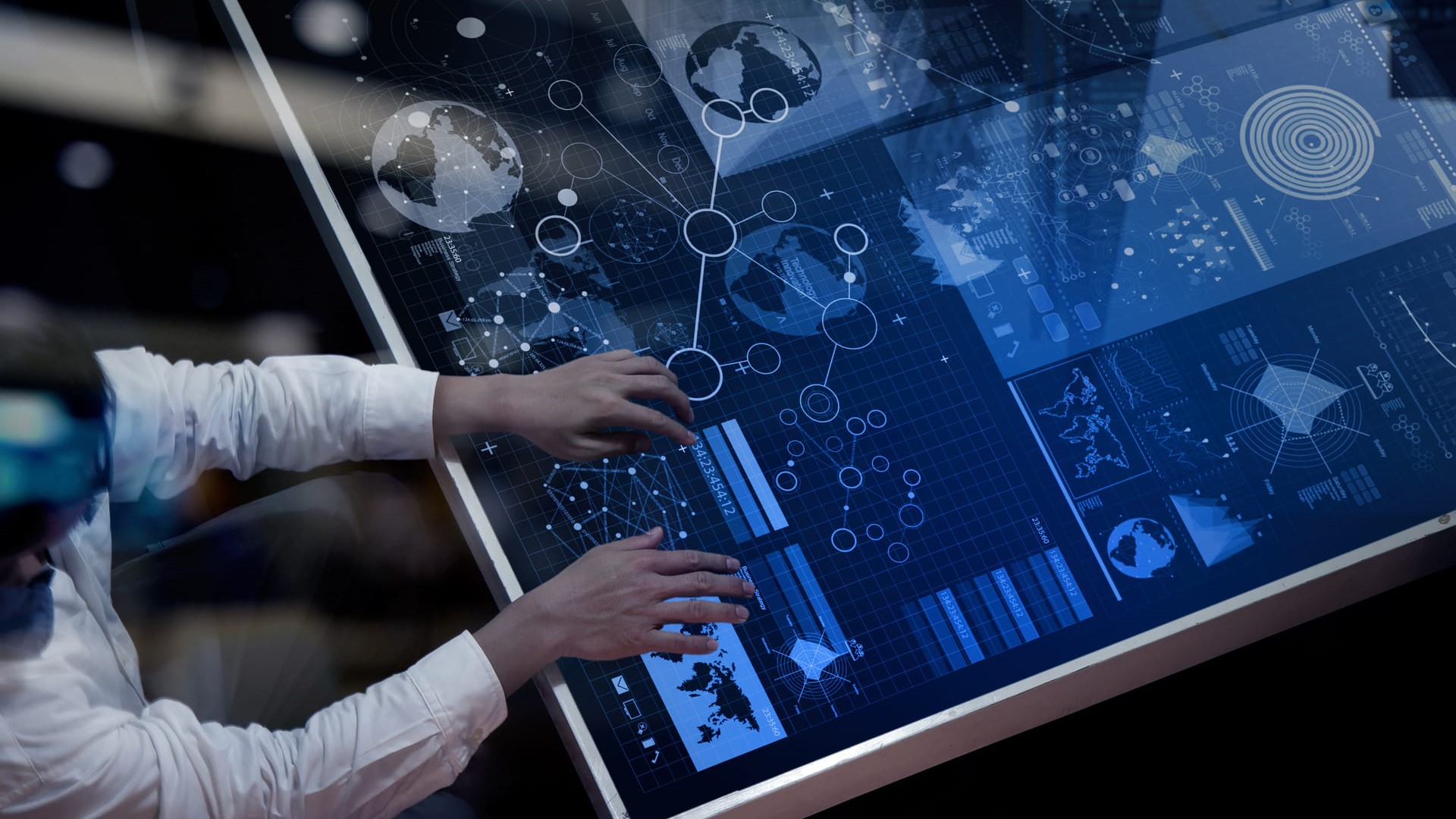
A joint and cooperative effort is needed to fill the major gaps in the countries around the Asia-Pacific region in terms of policy, institutions, technological interventions, investment and financing, as well as the availability of credible data and information in achieving the true potential of circular economic reuse of various waste streams.
By establishing a circular economy, it should be possible to flatten or even reverse some of the trends that now threaten the existence of future generations. It is absolutely the best way of building resilience against future pandemics and combatting the impact of climate change.
